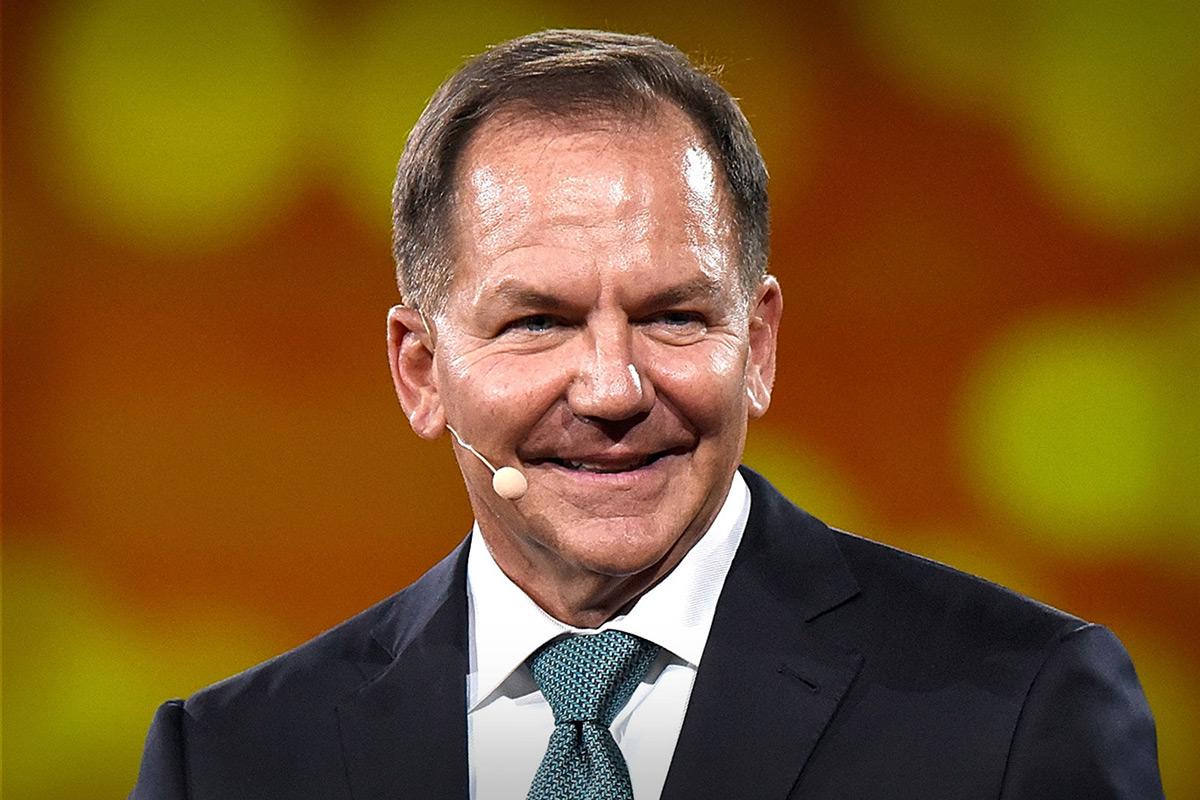Two Valuable Investing Lessons From Two Legendary Billionaires

The list of billionaires in the world is comprised largely of entrepreneurs such as Elon Musk, Larry Ellison, Larry Page, and Bill Gates,who have built their fortunes largely through the development of one company over a long period of time. They are often cited as examples of buy-and-hold investing but investing has little to do with their accumulation of wealth.
There is a smaller group of billionaires that have built their wealth largely through investment and trading of a variety of financial instruments. People such as Warren Buffett, Stanley Druckenmiller, George Soros, John Henry, Paul Tudor Jones, and Charles Munger focus on navigating financial markets rather than developing a single business enterprise.
This second group of investing billionaires offer some of the most insightful advice to the average person that wants to build great wealth. They have developed a mindset and discipline that have allowed them to compound their money over a very long period of time and hold on to it through the gyrations of the financial market.
“It’s not whether you’re right or wrong, but how much money you make when you’re right and how much you lose when you’re wrong.” – George Soros
The best advice from these billionaires pertains to developing a general mindset that they employ in various ways with all their investments. A good example is one of my favorite pieces of advice from George Soros, which I have discussed several times in the past: “It’s not whether you’re right or wrong, but how much money you make when you’re right and how much you lose when you’re wrong.” This, to me, distills the essence of great investing — it isn’t about being right or wrong, it is about the right strategy.
Let’s consider the insight from two other billionaire investors.
Paul Tudor Jones
Paul Tudor Jones is a hedge fund manager who is well known for tripling his money on Black Monday in 1987. He has made the bulk of his wealth through bets on interest rates and currencies. Here is one of the most important lessons that Jones has shared:
“I see the younger generation hampered by the need to understand and rationalize why something should go up or down. Usually, by the time that becomes self-evident, the move is already over.
When I got into the business, there was so little information on fundamentals, and what little information one could get was largely imperfect. We learned just to go with the chart. Why work when Mr. Market can do it for you?
These days, there are many more deep intellectuals in the business, and that, coupled with the explosion of information on the Internet, creates the illusion that there is an explanation for everything and that the primary task is simply to find that explanation. As a result, technical analysis is at the bottom of the study list for many of the younger generation, particularly since the skill often requires them to close their eyes and trust the price action. The pain of gain is just too overwhelming for all of us to bear.”
To a large extent, Jones’ advice is common sense. It is impossible to know everything about a stock, and it is impossible to predict the future. The best information we have is contained in price action. We will never fully understand all the things that are causing prices to move, but that movement is the best evidence we have about what a stock may do in the future. It is also a way to structure a system to control risk and compound our gains.
It is very easy to find justifications for ignoring price action, and even more so now when there is such a flood of information available to investors. Elevate price action to the top of your investing considerations.
Charlie Munger
Charles Munger is well known as Warren Buffett’s partner. He is a former real estate attorney who built his initial fortune by producing compounded gains of 19.8% from 1962 to 1975 versus a 5% compounded gain for the Dow.
Munger summed up his investment approach like this:
“What we do at Berkshire is simple. We sit on our ass, waiting. The key is to prepare while you wait with extreme patience and discipline. And then act with extreme decisiveness. You won’t find this in finance books because these principles are hard to teach.”
Jones and Munger are extremely patient, but they are not passive.
I have found that my best investments and trades are those that I approach very patiently and then become much more aggressive with as positive conditions develop. Munger has a much longer time frame than most folks, but this mindset works in very short time frames just as well. The key here is to cultivate a patient attitude and to be ready to become extremely aggressive when conditions change.
There is a general perception that Munger and Buffett are very passive long-term investors. They are extremely patient, but they are not passive. They are constantly evaluating their investments and developing strategies as conditions shift.
The two lessons here — focusing on price action and cultivating a patient but decisive approach — are at the heart of great trading and investing. If you start with these two lessons and are persistent and optimistic, you can build an approach to the market that will reward you greatly over the course of many years.
Get an email alert each time I write an article for Real Money. Click the “+Follow” next to my byline to this article.
[ad_2]Share this news on your Fb,Twitter and Whatsapp
Times News Network:Latest News Headlines
Times News Network||Health||